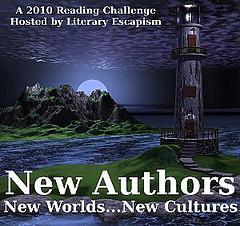
It is only fitting that the collection begins with the woman who started my journey onward into the world of Jane Austen and subsequent retellings and inspired novels, Syrie James with “Jane Austen’s Nightmare.” The short story personifies every writer’s nightmare — that the characters will not like how they have been drawn and will seek justice. From characters perceived as too perfect to those with a great number of flaws, Austen meets them all in her nightmare set in Bath, a city she despises. Kicking off the collection here is a great introduction to all of Austen’s novels and characters and to her own fears and character as we know her to have been, possibly.
“Austen’s rise to fame has been steady since her nephew James Edward Austen-Leigh’s biography, A Memoir of Jane Austen, introduced ‘dear Aunt Jane’ to broader readership in 1869, but recently, two elements have been her strongest catalyst: the Internet and a wet shirt.” (page xii)
There are stories for five of her six novels, and Mansfield Park, though mentioned in passing or referred to slightly, is the one left out as an inspiration for a complete story. Each author tackles a different novel and/or theme from the ridiculousness of ghost stories in “A Night at Northanger” by Lauren Willig to the trials of living with one’s in-laws, like in “Nothing Less Than Fairy-Land” by Monica Fairview. Clever renderings of finding love in the most unlikely places in Beth Patillo’s “When Only a Darcy Will Do” are joined by modernized stories of renewed love and patience. These stories are perfect for those looking for more Austen and for those who are unsure whether they would like Austen retellings/continuations.
There are outstanding stories and those that are not quite as good, but let’s be clear, if you love all-things Austen, you want this collection and there are no stories here that you will want to miss. Writing Austenesque stories requires a certain level of imagination, while at the same time a certain commitment to her characters as she has created them. Each of these writers does just that. Jane Austen Made Me Do It has enough clever wit and modern sensibility for any reader, and would suit those looking for prime examples of how a short story can capture the heart.

A life-long acolyte of Jane Austen, Laurel Ann Nattress is the author/editor of Austenprose.com a blog devoted to the oeuvre of her favorite author and the many books and movies that she has inspired. She is a life member of the Jane Austen Society of North America, a regular contributor to the PBS blog Remotely Connected and the Jane Austen Centre online magazine. An expatriate of southern California, Laurel Ann lives in a country cottage near Snohomish, Washington. Visit Laurel Ann at her blogs Austenprose.com and JaneAustenMadeMeDoIt.com, on Twitter as @Austenprose, and on Facebook as Laurel Ann Nattress.









